Basics to Voltage Sensitive Relay & DC Chargers
Overview
How do you charge a deep cycle battery?
If you're thinking of installing a second battery into your vehicle to run accessories such as a fridge and lighting, you'll need to consider how to charge it depending on your energy requirements and vehicle type.
You have a few options to choose from, an isolator or voltage-sensitive relay (VSR), solar panel charging system or combining the two, a DC to DC charger that has both vehicle and solar input charging capabilities. This article will help you make the right choice to suit your situation.
If you're looking to level up your knowledge, check out the other handy resources from our Battery Fundamentals series:
- The basics to dual battery systems
- The fundamentals of battery boxes
- The fundamentals of battery chargers
- Guidance on how to wire a dual battery
- The fundamentals of how solar panels work
- Support on how to install a trailer battery
- All you need to know about battery maintenance
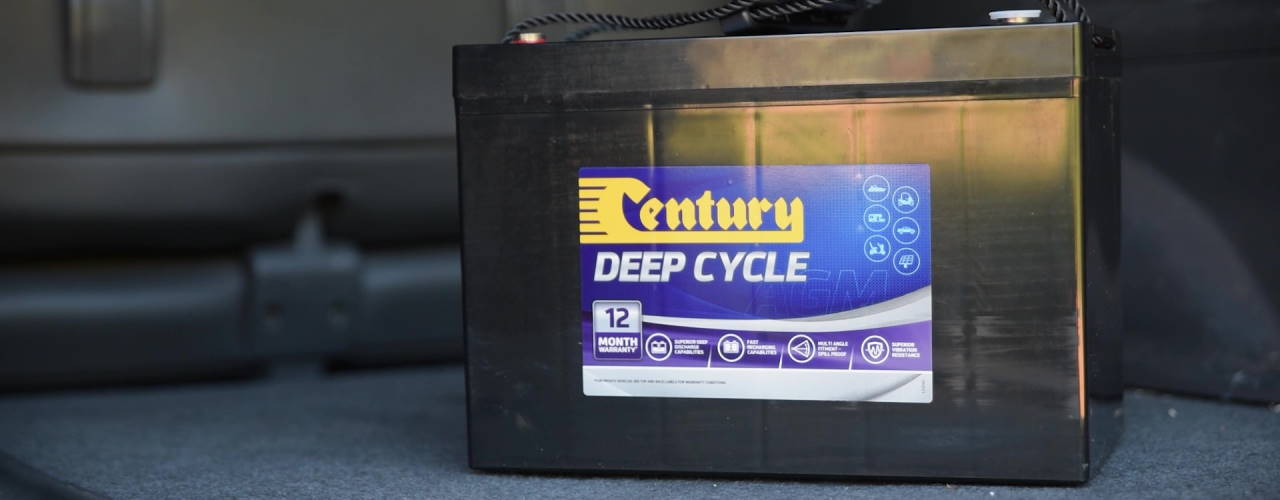
How does a VSR relay work?
The simple, no frills dual battery option, an isolator, voltage sensing relay or VSR for short is a good option. When wiring your main battery and auxiliary batteries together; this relay is positioned in-line to make and break the circuit. They usually have only two terminals for power in and power out.
When your vehicle is running, the alternator generates power and voltage rises to charge the starting battery. A voltage sensing relay will allow charge to flow from your cranking battery. Once the cranking battery reaches full charge, the relay will then open and start charging your auxiliary battery.
If the engine is turned off and voltage drops below the stated voltage cutoff on the VSR, the relay will break the circuit to the cranking battery. This is to ensure that the cranking battery is always fully charged and isn't drained from the use of accessories on the auxiliary battery, meaning you won't get stuck on the side of the road with a flat battery.
What does Supercheap Auto stock?- VSR kits - If you have a battery installed for solar use, wy not have the vehicle charge it while you drive with a Voltage Sensitive Relay.
- DC to DC charger - Better yet, a DC to DC Charger with a Solar input is a great way to charge your battery using solar and the vehicles alternator in one handy compact unit.
- Battery boxes - Keep your deep cycle battery stored away in a battery box for peace of mind.
- Deep cycle batteries - If you're planning a dual battery setup, you're going to need a deep cycle battery that's designed to be drained.
- Solar panels - Keep your batteries charged without your vehicle running with a solar setup.
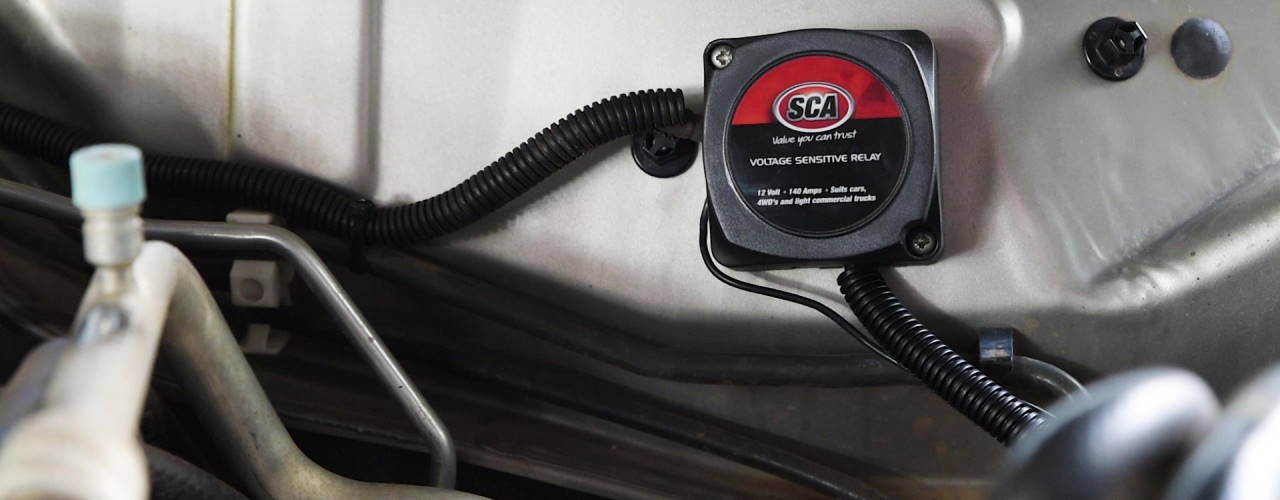
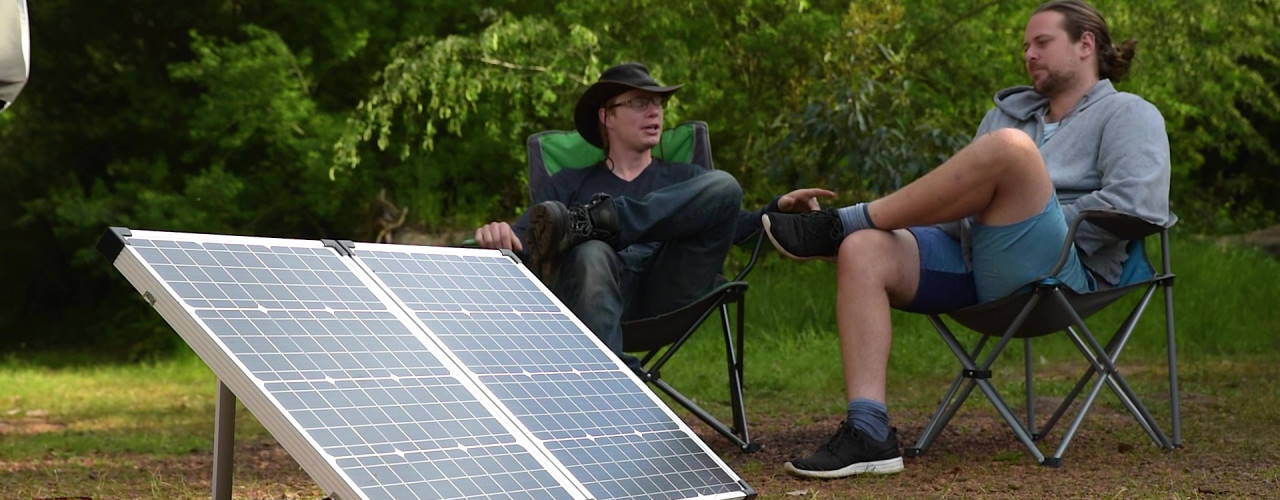
VSR vs DC to DC charger?
However, a voltage sensing relay may only be used in an under-bonnet battery installation. More than a few metres from the main battery and voltage drop will ensure your auxiliary battery won't receive enough charge.
Further to that; many vehicles beyond 2010 begun adopting technology such as temperature compensating, and smart alternators. These vary the power output to reduce emissions and improve fuel economy. The resulting charge can be less than 13 volts, not even enough to activate some voltage sensing relays. A little research on your vehicle will quickly turn up an answer on which alternator type you have.
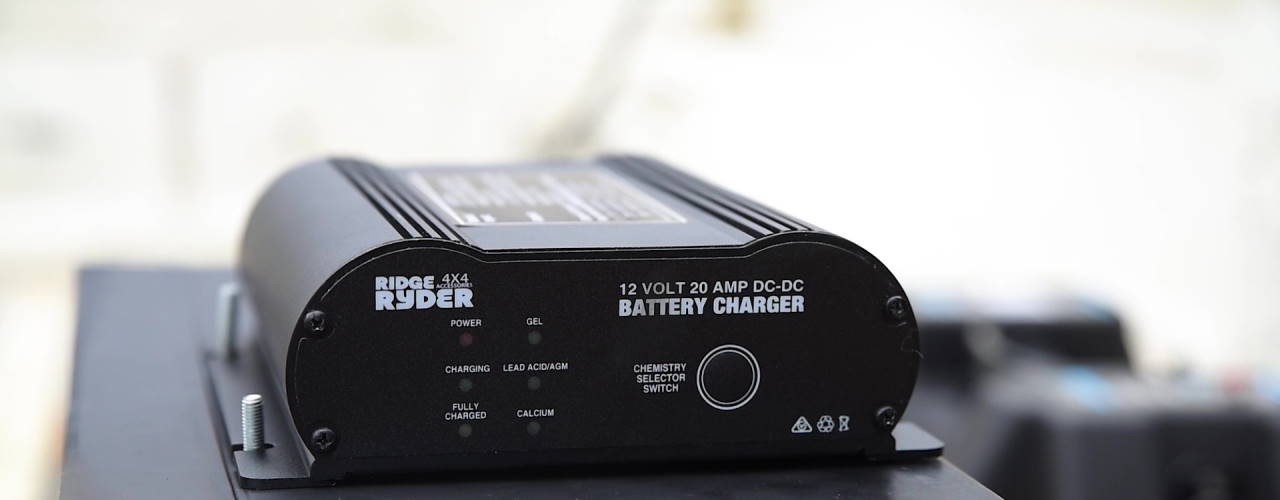
What is a DC to DC charger?
A DC to DC charger offers the perfect solution for smart alternators. It corrects voltage drop for battery installations in the cargo area or a trailer. These units cost significantly more than a voltage sensing relay - but can be used in any installation to provide the best charge possible whilst supporting an input charge function of Solar as well, so you won't need a separate charger for the solar setup.
It operates just like a 240 volt multi-stage charger, boost charging your auxiliary battery – then turning down to a trickle ensuring a perfect 100 percent charge. A DC charger may be wired to begin charging once the alternator voltage rises.
When installing a DC to DC Charger, make sure to place it as close to the mains battery and along with suitable cabling to minimise voltage drop from the mains battery to the charger and to the secondary battery.
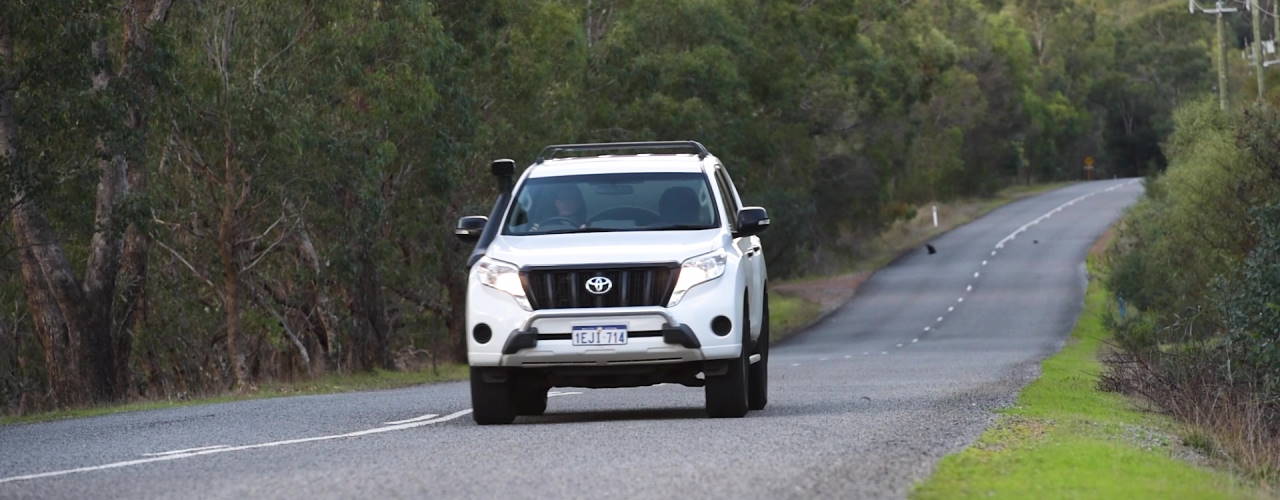
Or, in the case of smart alternators – use an accessory power feed to trigger the charger, enabling the unit to boost 12 volts or even less - for a full battery charge. The downsides to a DC to DC charger are minimal as they require more ventilation, they can typically charge only between 10 and 40 amps and are generally more expensive.
To summarise, If you have a new vehicle made from 2010 onwards, with a smart alternator, or you're looking to include solar charging into the charger, a DC to DC charger is your best option. Whereas a VSR is good for a basic setup to suit older vehicles. Your next step is installation. So don't miss the rest of the Supercheap Auto Battery Fundamentals series, and check out our range of chargers and voltage sensing relays in-store, or online.
*Important information* - Click here to read more about our How-To terms and conditions.